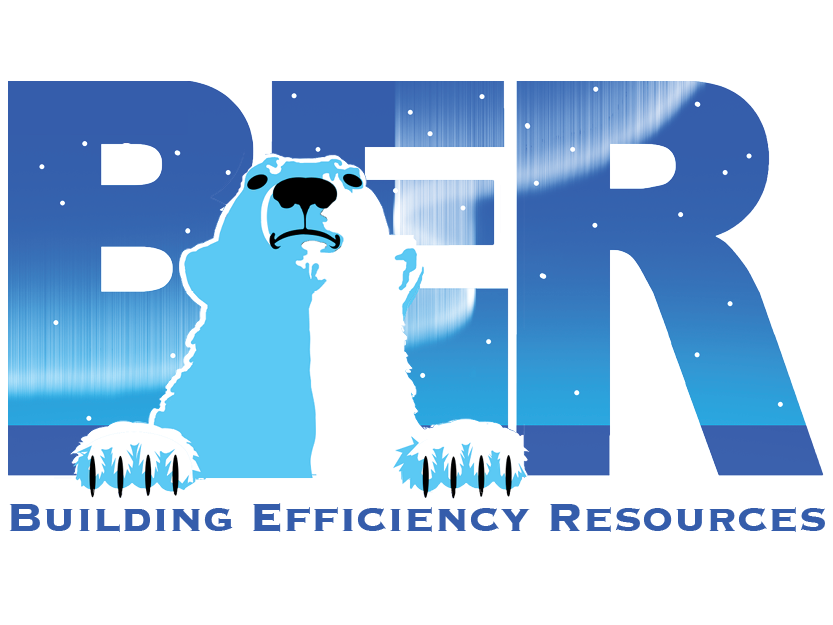What Is HERS Sampling?
Sampling is intended to meet the needs of large-scale single and multifamily projects. Using the BER sampling process, large groups of homes can be certified with a fraction of the modeling, testing and inspections normally required to certify/qualify projects under energy efficient programs such as ENERGY STAR and LEED for Homes or state and utility provider incentive programs. Using the sampling method can save significant time and money on a large project, making it more affordable for the builder while giving the HERS Rater a competitive edge. While sampling does involve less energy modeling and testing, BER has specific protocols in place to ensure that the highest quality is achieved and that all units are meeting the specified targets. Builders play a larger role in the certification process and take more responsibility for the outcome of the project. Trades receive more advanced training on how to achieve greater quality of work and higher building performance. The Rater reduces their time on the project, builds rapport with the builder and developer, and increases their profitability.
Per the RESNET Standards:
“Sampling is intended to provide certification that a group of new homes meets a particular threshold such as ENERGY STAR, energy code compliance, or qualification for an energy efficiency lending program. It is based on pre-analysis of building plans meeting the intended qualification (e.g. a HERS Index threshold), and subsequent random testing and inspections of a sample set of the homes as-built. Certifying a group of homes by sampling entitles the customer to documentation certifying that the homes meet the desired threshold; it does not constitute a confirmed HERS rating on any home.”
To learn more, please see the RESNET Standards, Chapter 6.

